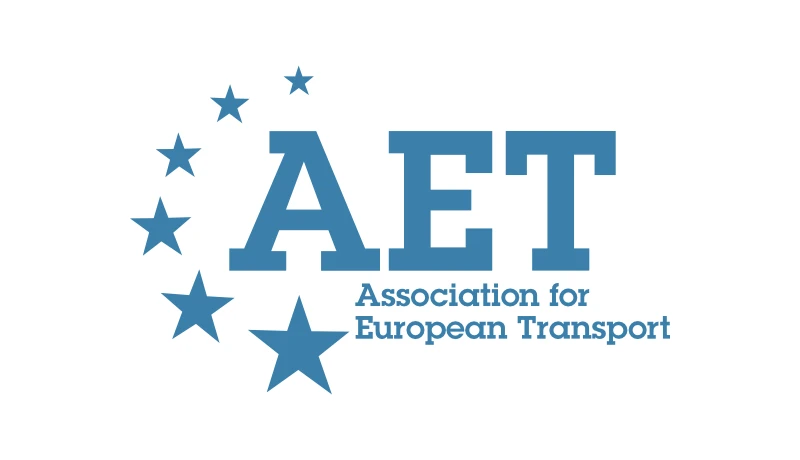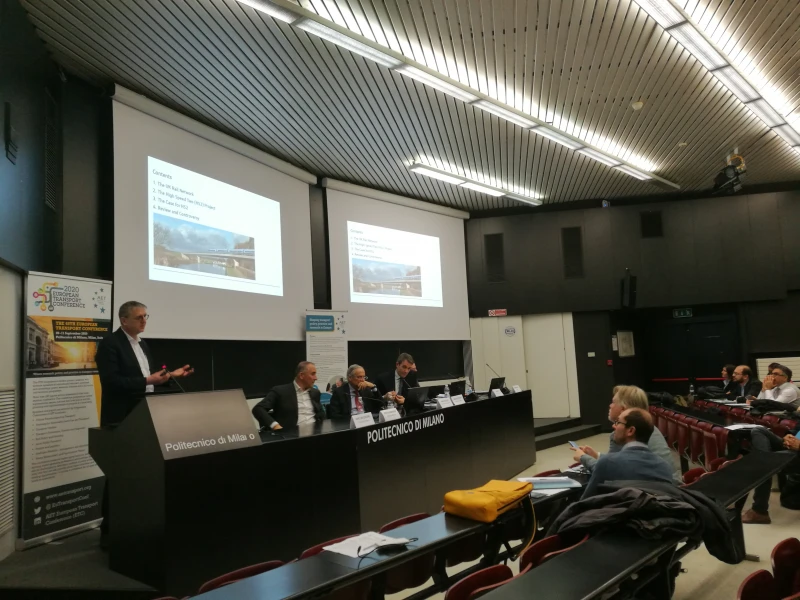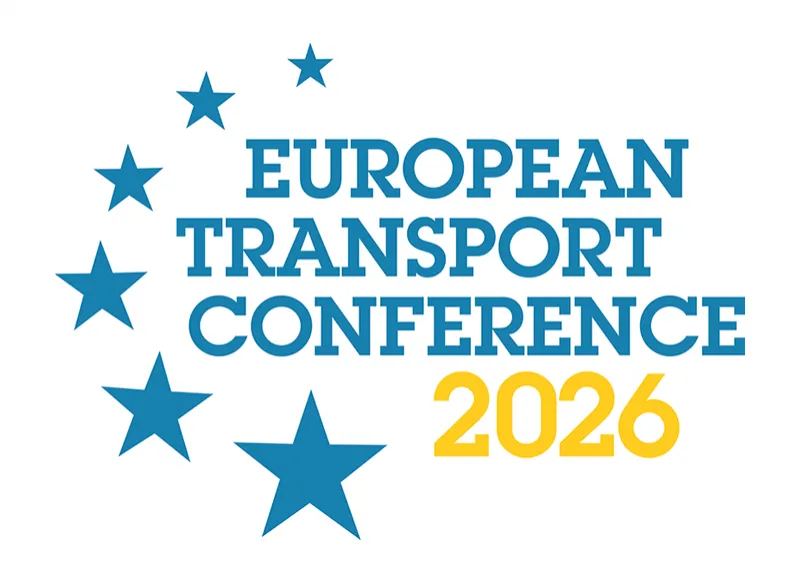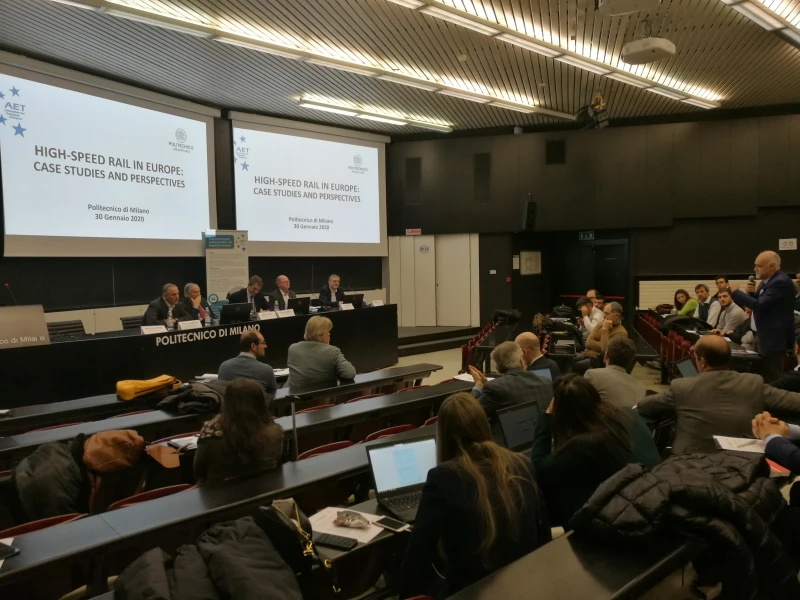-
Past ETC Papers
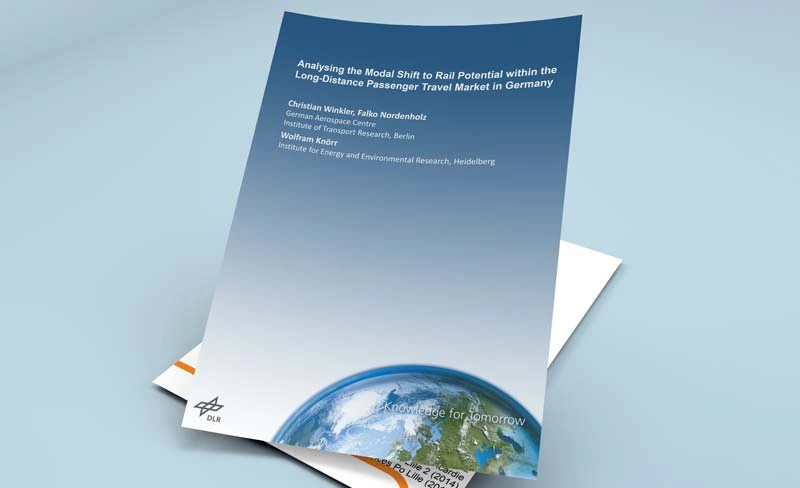
Browse, search and view papers from the past AET Conferences.
-
Members' Area
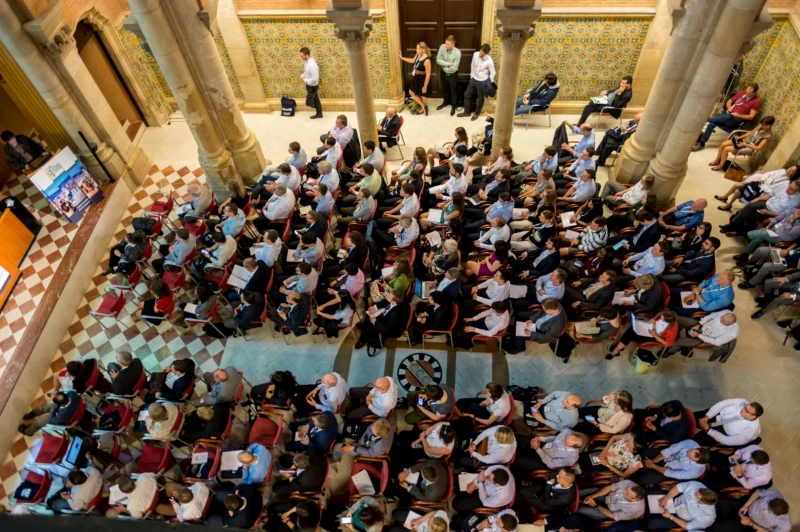
AET promotes networking and exchange of ideas, information and opportunities amongst members.
Conference Papers 2024
Antwerp, Belgium
ETC Conference Papers 2024
Quick, but not dirty: the role of quick scan tools transport policy planning
Seminar
Day 2 (19 Sep 2024), Session 4, Panel session - Quickscan tools, 09:00 - 10:30
Status
Accepted, documents submitted
Submitted by / Abstract owner
Konstanze Winter
Authors
Dr.ir. Konstanze Winter, Rijkswaterstaat (presenter)
Dr. ir. Henk Taale, Rijkswaterstaat and Delft University of Technology
Short abstract
In this paper we define “quick scan tools”, which are tools used to visualize transport model data can perform simple effect studies. We discuss their role, strengths and limitations by taking the “Mobiliteitsscan” as an example.
Abstract
Policy makers, from small municipalities to (inter)national government agencies, consult transport model output in order to enrich their decision making process with as much data as possible. However, the demand for (specific and prompt) modelling data is often far bigger than can be satisfied. For this reason various quick scan tools are employed. These tools cannot provide the same detail and quality than full transport models, but can support the decision making process nevertheless. The quality of such tools and their role in the process of evaluating transport policy schemes is however a topic that has gained little to no attention so far. This paper aims to discuss the pros and cons when it comes to working with quick scan tools, in the hope to kick-start a discussion about how to employ such tools in the most meaningful way possible.
In the ecosystem of transport models lives a whole range of tools that cannot be considered transport models themselves, but which still play a role in making model output more palatable to policy users, citizens and other stakeholders who are not experts in the field. These can be tools purely used for visualising model data or translating modelling results into meaningful indicators, often referred to as “viewers” or “dashboards”. There are also tools that go beyond the visualisation, enabling the user to perform simple calculations in order to analyse the effects of certain measures. In this paper we define these as “quick scan instruments”, with the following characteristics:
• Quick scan instruments need the data and results of transport models as a source on which all visualisations and effect studies can be based.
• They visualise model data and translate this data into meaningful policy indicators.
• They are able to perform simple and quick model-like calculations in which simple relations or index numbers are used to determine the impact of certain measures, e.g. re-routing as a result of a policy measure, or the modal shift.
• Such calculations are often performed for an aggregated data set. The source model is reduced to a much lighter base scenario with less zones, links, modes of transport, travel motives etc.
• The tools are employed to compare the possible magnitude and direction of a variety of policy schemes and compares those at least in a qualitative manner.
This paper will not provide an overview of all available tools that fall under this definition. Instead we focus on one tool: the Mobiliteitsscan (Mobility Scan), which we manage. We will discuss the challenges that arise with providing a quick scan instrument open to many different transport models and a mixed group of users. We use the Mobiliteitsscan as an example to discuss what is good practice facing these challenges, and to place questions marks where we have not figured this out yet.
The Mobiliteitsscan is since 2018 owned by the Dutch Ministry of Infrastructure and Water Management and is managed by Rijkswaterstaat. It provides free licences to everyone with minimal access to dummy data, there is however a restriction regarding who gets access to the source models. The online platform is open to all Dutch transport models and the source models owned by Rijkswaterstaat are provided to everyone working in the public sector, students and teaching staff, as well as consultants working for the public sector for a specific project. So far there are more than 400 licenses provided. Currently there are 280 active user licences (52% for the public sector, 17% are educational licences and 21% are held by consultants).
In this paper we will address the following aspects regarding good practice in providing and using quick scan instruments:
• The communication with (potential users) about strong and weak-points, the range of the application and working in its grey areas.
• The efforts taken to communicate transparently regarding the source data and quick scan calculation methods.
• UX strategies applied to guide users through the process of deriving a base scenario from the source data, and putting it to use for policy scenarios.
• Design strategies regarding the visualisation of data(ranges) in order to guard the integrity of the quick scan results.
• Balancing the desire for default values with the flexibility required when being a platform open to transport models at all levels.
• Deviating from established modelling techniques in order to provide fast quick scan calculations.
• Providing a stable database and reproducible scenarios without reducing performance.
Programme committee
Planning for Sustainable Land Use and Transport
Topic
Transport planning analysis and models
Documents:


Association For
European Transport
Forester House
Doctors Lane
Henley-in-Arden
Warwickshire, UK
B95 5AW
+44 (0) 15 64 793552
VAT number: 710 1866 64
Conference Supporters & Endorsers

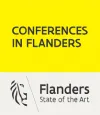


Legal Entity
The Association for European Transport is registered as an Association ('vereniging') with the Chamber of Commerce for Haaglanden in The Netherlands under company number 27170096.
Built on Zenario

